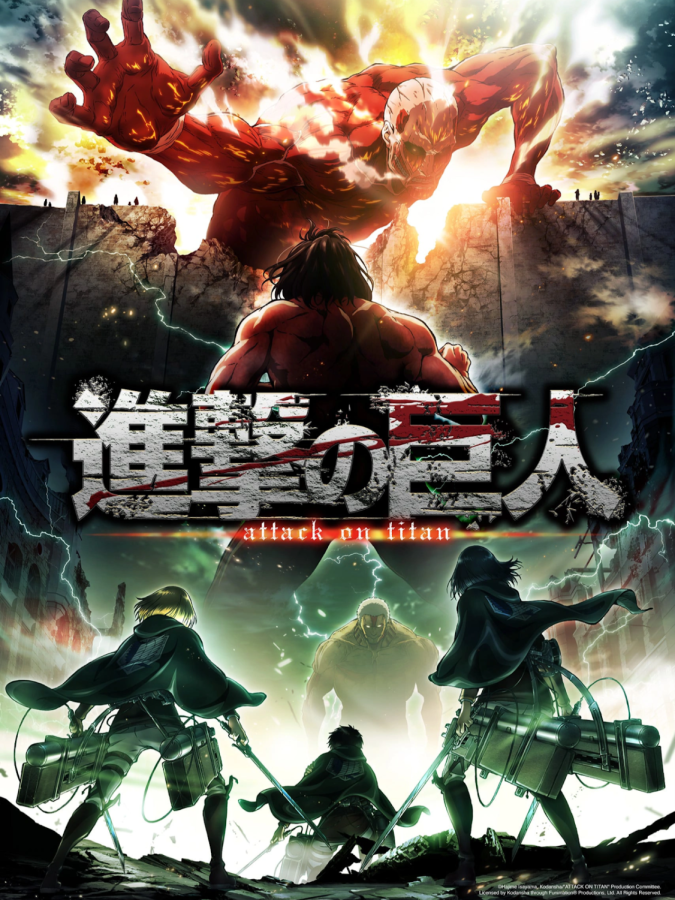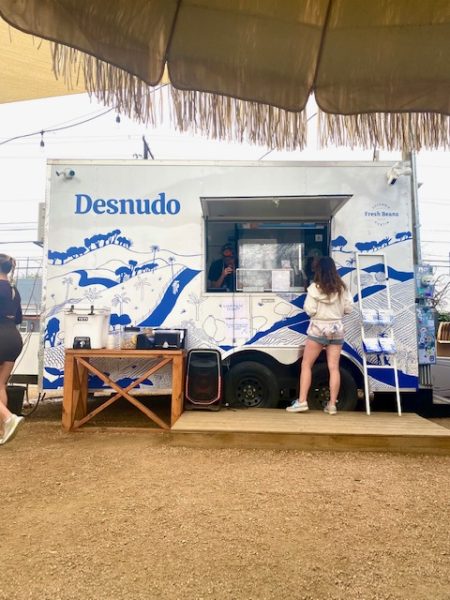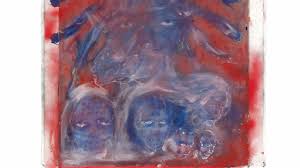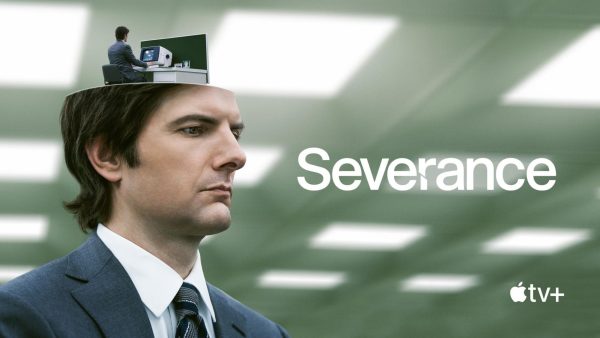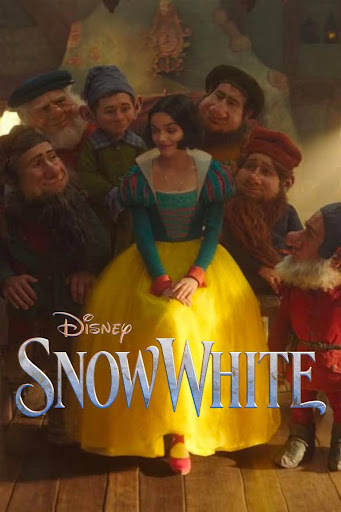Popular anime series “Attack on Titan” is finally coming to an end
Fans have been eagerly awaiting the release of “Attack on Titan” Season 4, Part II for over a year now, and on Jan. 9, the first of the series’ final 12 episodes was released. How the producers plan to finish the entire manga’s anime adaptation in just 12 episodes is a mystery, but so far, the first five episodes of Season 4 do not disappoint. They are very well-made with incredible visuals and sounds, and the quality stays consistent with the rest of the anime. Additionally, “Attack on Titan” continues its reputation of containing no filler. Every episode contributes to the larger story, unlike other shounen, an action and adventure genre of anime, such as One Piece or Naruto.
“Attack on Titan” is still available in both Japanese and English, and new English-dubbed episodes are released a month after the Japanese version airs. If you’re like me and aren’t patient, the Japanese version has English subtitles. Episodes are released every Sunday, and are available for free on Crunchyroll and Funimation. With so much story left to tell, Season 4, Part II is sure to be packed with action and plot twists!
For those who haven’t watched “Attack on Titan”, shame on you. Hajime Isayama’s “Attack on Titan” is a story where the last of humanity hides behind three walls that serve as protection from man-eating giants called Titans. This tale of adventure begins in the city of Shiganshina, located on the outermost wall, Wall Maria. The main character, Eren Yeager, and his childhood friends, Mikasa Ackerman and Armin Artlert, live in Shiganshina. At first glance, life inside the walls doesn’t seem all that bad; if people have survived for the past 100 years, then why bother exploring outside? By the end of Episode 1, viewers will think again. Two “abnormals,” the Colossal and the Armored Titans, punch a hole in the wall surrounding the city of Shiganshina. Hordes of “pure” Titans of all shapes and sizes come pouring in and gobble up all humans in sight. This humanitarian crisis provides an introduction to complex problems such as food shortages, famine, crowded living and how the wealth gap affects citizens’ safety. Additionally, the tragic, dystopian setting leaves viewers with many questions: Why do Titans resemble humans? How did the walls form? What compels Titans to eat humans in the first place? At long last, these questions will be answered in “Attack on Titan’s” final season.
Throughout Season 4, there are time jumps that cause confusion, the most notable being the four-year gap between Seasons 3 and 4. In the first three seasons, we follow Eren Yeager on his mission to kill as many Titans as possible to avenge the death of his mother during the attack on Shiganshina. Season 4, however, isn’t all about Eren and the Survey corps eradicating the Titans on Paradis Island. In fact, it’s not even set on Paradis Island; it’s set in the country of Marley. With this time gap comes character development that needs explaining. Eren becomes the story’s antagonist and wants to destroy the earth using the “Rumbling” power to free his race of people known as Eldians. He has an eye-for-an-eye mindset, and has no regard for humans who aren’t Eldians. I personally liked Eren’s character development in the first part of Season 4 as it gives viewers a new plot to look forward to in the second half of the season. Eren’s opinions have matured, and he is no longer a whiny child with unrealistic ideas. He now thinks much more logically about what he can do with his current powers and doesn’t throw himself into danger without assessing the risks. Although he has a twisted sense of justice, not to mention the numerous war crimes he’s committed, some viewers continue to forgive and support him as a result of knowing traumatic backstory. Additionally, other characters, mainly Eren’s comrades, develop their own thoughts about Eren’s behavior. They either think he’s gone insane or has some sort of master plan to save everyone, and they are probably both right.
Many fans dislike this “dark” side of Eren, and wish for the anime to end with world peace, but “Attack on Titan” is NOT a happy anime. In the war that’s about to break out, there will be no winners. In fact, some of the most optimistic characters have already been casualties. I personally believe that both groups on each side of the wall have good reasoning to back their actions. By providing both sides’ perspectives through the use of time and setting changes, Hajime Isayama is able to develop complex themes. The conflicts between countries in “Attack on Titan” pose very similar moral dilemmas to conflicts in our world. One such topic is how countries have the choice between making good on generation-old debts or letting the past stay in the past. In our world today, this is a difficult decision many countries must make. For example, how does France repay Haiti for taking 21 billion dollars from the economy? Or how much should Germany pay in war reparations to other countries? Exploring modern topics like these prevent the story from getting boring, unlike most animes that tend to lower in quality as the seasons go on.
On top of having relevant themes, “Attack on Titan” has direct references to real world events. Long story short, in part 1 of Season 4, Eren and the Survey Corps launch a surprise attack on the Marleyan city of Liberio, obliterate their harbor and start a world war. Sound familiar? That’s because “Attack on Titan” is loosely based on the time leading up to World War II. The technology in the world of “Attack on Titan” is constantly evolving, similar to how advancements were made during and after the Industrial Revolution. In Season 1, all inventions on Paradis Island are steam-powered, and the most complex contraptions, such as the gates, consist of pulleys and gears. The only modes of transportation are canals and horses. This is strikingly similar to transportation and machinery of 19th century Europe. As the seasons progress, the Eldians on Paradis Island make advancements in their machinery. The most notable advancements, however, are seen in Season 4. Advances in technology are a representation of the amount of information the Eldians on Paradis have acquired from beyond the walls. Although upgrades to machinery are nice, the most important piece of equipment comes from Season 1 and is gas powered – that’s right, Omni-directional mobility gear. Wait, what’s ODM gear? ODM gear is a piece of equipment the Eldians on Paradis Island use to fight Titans, allowing users to grapple onto the side of buildings and swing around like Spider-Man. This provides viewers with fast-paced fight scenes and fluid animations.
With all the advances in weaponry in the outside world, and four “abnormal” Titans against them, the Eldians’ chances of victory are looking slim. Fortunately, Eren gains newfound powers and information during the raid on Liberio, and then meets up with his half brother from another mother, Zeke. Eren needs Zeke for a requirement he must meet to access his trump card, so they agree to team up against Marley and the rest of the world. Will Eren trick Zeke and use the Founding Titan’s powers for his personal agenda? Will he save Paradis island? Where do Titans even come from in the first place? In Season 4, viewers can expect to see all their questions answered in a bloodbath.
My favorite thing about this anime is that every action has consequences, and everyone walks a fine line between life and death. Titans don’t discriminate – make a wrong move, and you’re Titan lunch. Surprisingly, the Titans by themselves aren’t scary at all; honestly, I find them rather amusing. They are oversized hungry babies, which is ironic considering they jump, crawl and stumble around eating grown men and women mindlessly. Even the bigger Titans, such as the Monkey, are hilarious as well. With those comically long and thin arms, I mean, do you even lift bro?
I think the reason why Titans are so disturbing is because they are always happy, especially when they’ve caught their prey. Throughout the anime, you can expect to see Titans grinning from ear to ear whilst snacking on a human. Viewers may notice the animations in Season 4, specifically the titans, look a bit different. This is because the first 3 seasons were animated by WIT Studio, whereas the fourth season is done by MAPPA. Some people are disappointed and concerned about how the new animations turned out, but so far, I think it looks just fine.
“Attack on Titan” truly is an anime unlike any other. It has a unique storyline, and the human emotions displayed by the characters are exceptional. While it is a fabulous anime, it’s not for the faint of heart. This anime manga adaptation carries some heavy themes like gaining freedom, consequences of greed, dealing with trauma and psychological damage, and sacrificing human life for the greater good. In almost every episode, a main character, side character, or some nobody in the background is crushed to death in the jaws of a Titan, so don’t get too attached to anyone! “Attack on Titan” is not suitable for tweens and younger audiences as there is extreme amounts of violence and gore, but that’s part of what makes it a fantastic anime.

